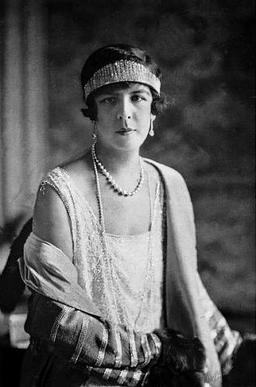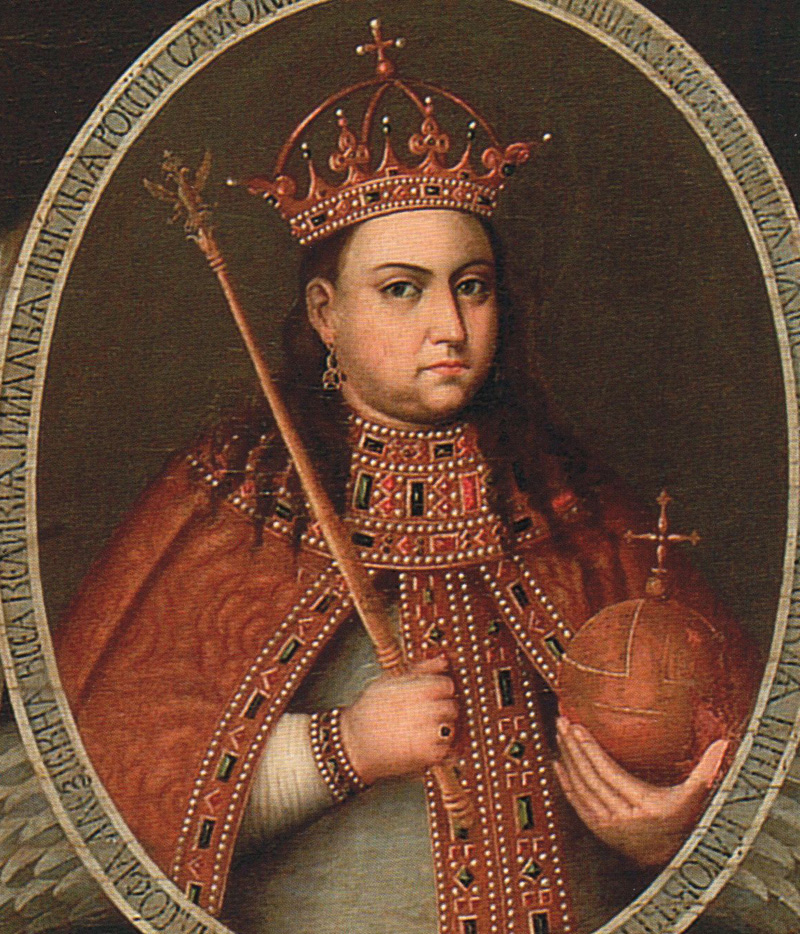© Unofficial Royalty 2023

Charlotte of Prussia, Duchess of Saxe-Meiningen, Credit – Wikipedia
October 1, 959 – Death of Eadwig, King of the English at Gloucester, England, buried in Winchester Cathedral in Winchester, England
Fifteen-year-old Eadwig became king in 955 upon the death of his uncle Eadred. During his short reign, he had many disputes with nobles and men of the church, including Dunstan, a future Archbishop of Canterbury and saint, who was then Abbot of Glastonbury. Eadwig died at the age of nineteen in Gloucester in what some consider suspicious but unknown circumstances. He was buried in the New Minster in Winchester but nothing is known about the later fate of his remains. As Eadwig did not have children, his brother Edgar succeeded him and reunified England.
Unofficial Royalty: King Eadwig of the English
October 1, 1207 – Birth of King Henry III of England at Winchester Castle in Winchester, England
King Henry III became king on October 18, 1216, at the age of nine, and reigned 56 years, 29 days, until his death in 1272. Among British monarchs, only King George III, Queen Victoria, and Queen Elizabeth II have reigned longer. He was the first child of King John and his second wife Isabella, Countess of Angoulême, and named after King John’s father, King Henry II.
Unofficial Royalty: King Henry III of England
October 1, 1361 – Death of Margaret of Windsor, daughter of King Edward III of England, buried at Abingdon Abbey in Abingdon, Oxfordshire, England
In 1359, 11-year-old Margaret married 12-year-old John Hastings, 2nd Earl of Pembroke. After their marriage, Margaret and her husband John remained at the royal court. Sadly, 15-year-old Margaret, Countess of Pembroke died unexpectedly, sometime after October 1, 1361, the last date there is a record that she was living. John Hastings, 2nd Earl of Pembroke was in royal service for the rest of his short life, mostly as a military commander. He died in 1375 at the age of 27.
Unofficial Royalty: Margaret of Windsor, Countess of Pembroke
October 1, 1553 – Coronation of Queen Mary I of England at Westminster Abbey in London, England
Wikipedia: Coronation of Mary I of England
October 1, 1685 – Birth of Karl VI, Holy Roman Emperor, at Hofburg Palace in Vienna, Austria
Unofficial Royalty: Karl VI, Holy Roman Emperor (Unofficial Royalty article coming soon.)
October 1, 1754 – Birth of Paul I, Emperor of All Russia at the Summer Palace of Empress Elizabeth in St. Petersburg, Russia
Paul was the son of Grand Duchess Catherine Alexeievna (born Sophie of Anhalt-Zerbst, later Catherine II (the Great), Empress of All Russia), and was recognized by Catherine’s husband, Grand Duke Peter Feodorovich (born Karl Peter Ulrich of Holstein-Gottorp, later Peter III, Emperor of All Russia, as his son although he may be was Sergei Vasilievich Saltykov. His first wife Wilhelmine of Hesse-Darmstadt (Grand Duchess Natalia Alexeievna) died in childbirth with her only child. Paul’s second wife was Sophia Dorothea of Württemberg (Maria Feodorovna) with whom he had ten children. Paul became Emperor of All Russia upon the death of his mother Catherine II (the Great) in 1796. Paul agreed with the practices of autocracy and did not tolerate freedom of thought or resistance against autocracy. Because he overly taxed the nobility and limited their rights, the Russian nobles, by increasing numbers, were against him. Paul’s reign was becoming increasingly despotic. Eventually, the nobility reached their breaking point. On the night of March 23, 1801, at the Mikhailovsky Castle in St. Petersburg, Russia, a group of conspirators charged into the bedroom of 46-year-old Paul I, Emperor of All Russia, forced him to abdicate, and then strangled and trampled him to death.
Unofficial Royalty: Paul I, Emperor of All Russia
Unofficial Royalty: Assassination of Paul I, Emperor of All Russia
October 1, 1794 – Birth of Leopold IV Friedrich, Duke of Anhalt in Dessau, Duchy of Anhalt, now in Saxony-Anhalt, Germany
Leopold Friedrich became heir-apparent to the Duchy of Anhalt-Dessau upon his father’s death in 1814 and became the reigning Duke of Anhalt-Dessau upon his grandfather’s death in 1817. In 1847, Leopold Friedrich inherited the Duchy of Anhalt-Köthen upon the death of a distant cousin. After nearly six years as the reigning Duke of two separate duchies, they were united in 1853 as the Duchy of Anhalt-Dessau-Köthen. Ten years later, he also inherited the Duchy of Anhalt-Bernburg from another distant cousin. Now, with all of the Anhalt duchies back under one ruler, they were united as the Duchy of Anhalt in 1863.
Unofficial Royalty: Leopold IV Friedrich, Duke of Anhalt
October 1, 1833 – Birth of Elisabeth of Schwarzburg-Rudolstadt, Princess of Lippe, wife of Leopold III, Prince of Lippe, in Rudolstadt, then in the Principality of Schwarzburg-Rudolstadt, now in the German state of Thuringia
Unofficial Royalty: Elisabeth of Schwarzburg-Rudolstadt, Princess of Lippe (Article coming soon)
October 1, 1919 – Death of Charlotte of Prussia, Duchess of Saxe-Meiningen, at Baden-Baden, Germany; buried at Schloss Altenstein, the summer residence of the Dukes of Saxe-Meiningen, now in Bad Liebenstein in the German state of Thuringia.
Charlotte was a granddaughter of Queen Victoria, and the daughter of Victoria, Princess Royal and Friedrich III, German Emperor. She married her second cousin Bernhard III, Duke of Saxe-Meiningen and they had one daughter Feodora, the first great-grandchild of Queen Victoria. Charlotte was a chain smoker and had suffered ill health her entire life, and died at the age of 59. Charlotte’s daughter Feodora also was ill much of her life and spent her last years in a sanatorium. Tired of years of illness and ineffective treatments, Feodora died by suicide in 1945. Historian John Rohl, author of Purple Secret: Genes, ‘Madness’ and the Royal Houses of Europe believes that the stomach pains, rashes, and urinary problems both Charlotte and her daughter Feodora exhibited were signs of porphyria, the genetic disease that their ancestor King George III possibly had. Researchers found Feodora’s grave and did DNA analysis on her remains. The analysis did show that she had porphyria which was most likely the cause of her many ailments.
Unofficial Royalty: Princess Charlotte of Prussia, Duchess of Saxe-Meiningen
This article is the intellectual property of Unofficial Royalty and is NOT TO BE COPIED, EDITED, OR POSTED IN ANY FORM ON ANOTHER WEBSITE under any circumstances. It is permissible to use a link that directs to Unofficial Royalty.














